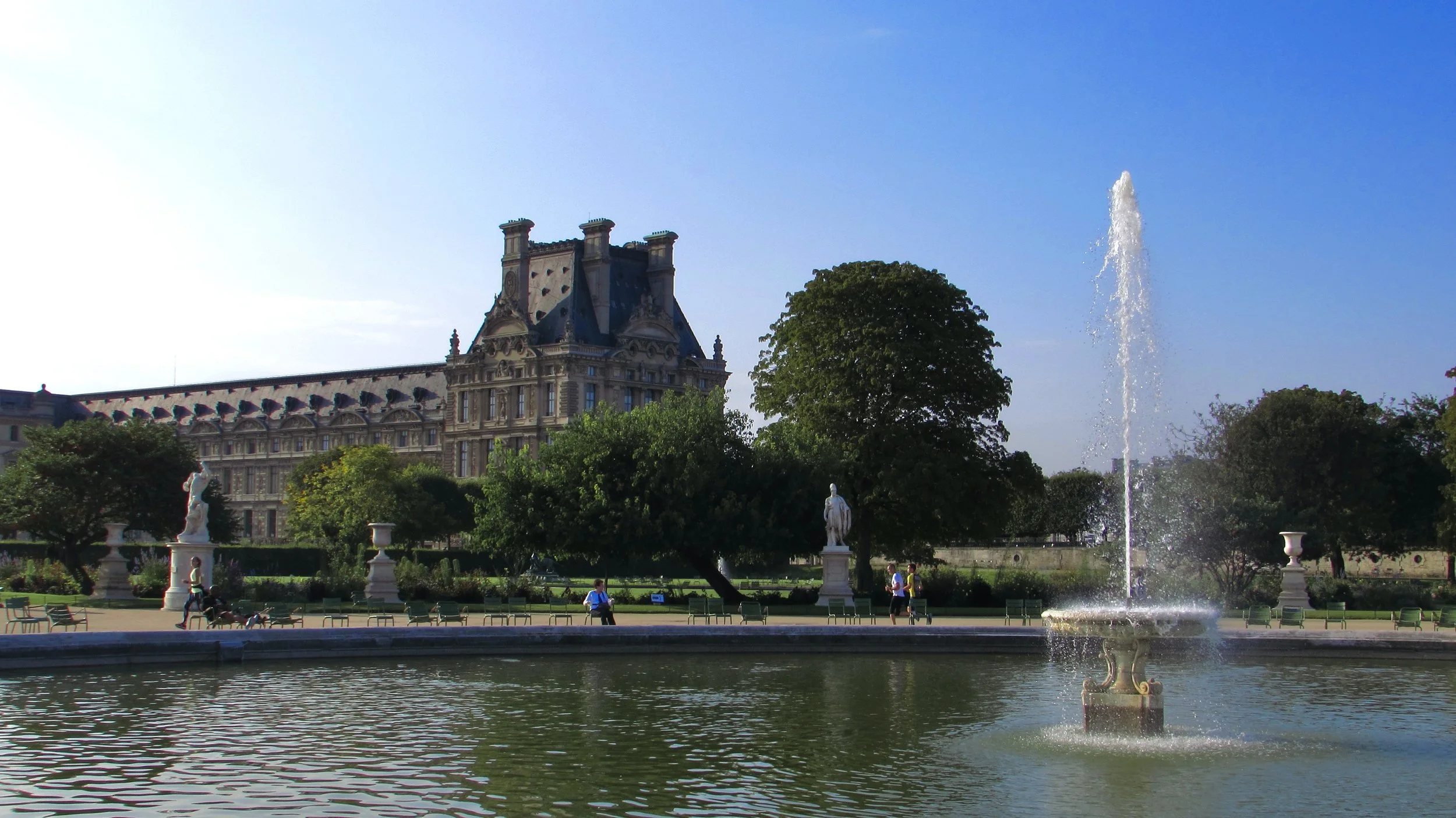
Jardin des Tuileries
The Tuileries Garden (Twee-lou-ree) was created all the way back in the 1500s by Catherine de Médicis outside of her Palais des Tuileries (which was burned down by the Communards in 1871 which I talked about on the Louvre page).
A century later though, the architect for Louis XIV’s Versailles, André Le Notre, revamped the gardens into the French style. Much like the Luxembourg gardens, the French style has manicured lawns, hedged trees, ponds with fountains, benches, gravel, flower beds and statues. Le Notre even laid out a straight gravel path that went from the gardens all the way to a field out in the middle of nowhere. That field is what we know of today as the Arc de Triomphe and that gravel path is now Champs-Élysées. He also opened the gardens up to the public and the public loved it.
At one end of the gardens is the Louvre, and at the other end is the Place de la Concorde.
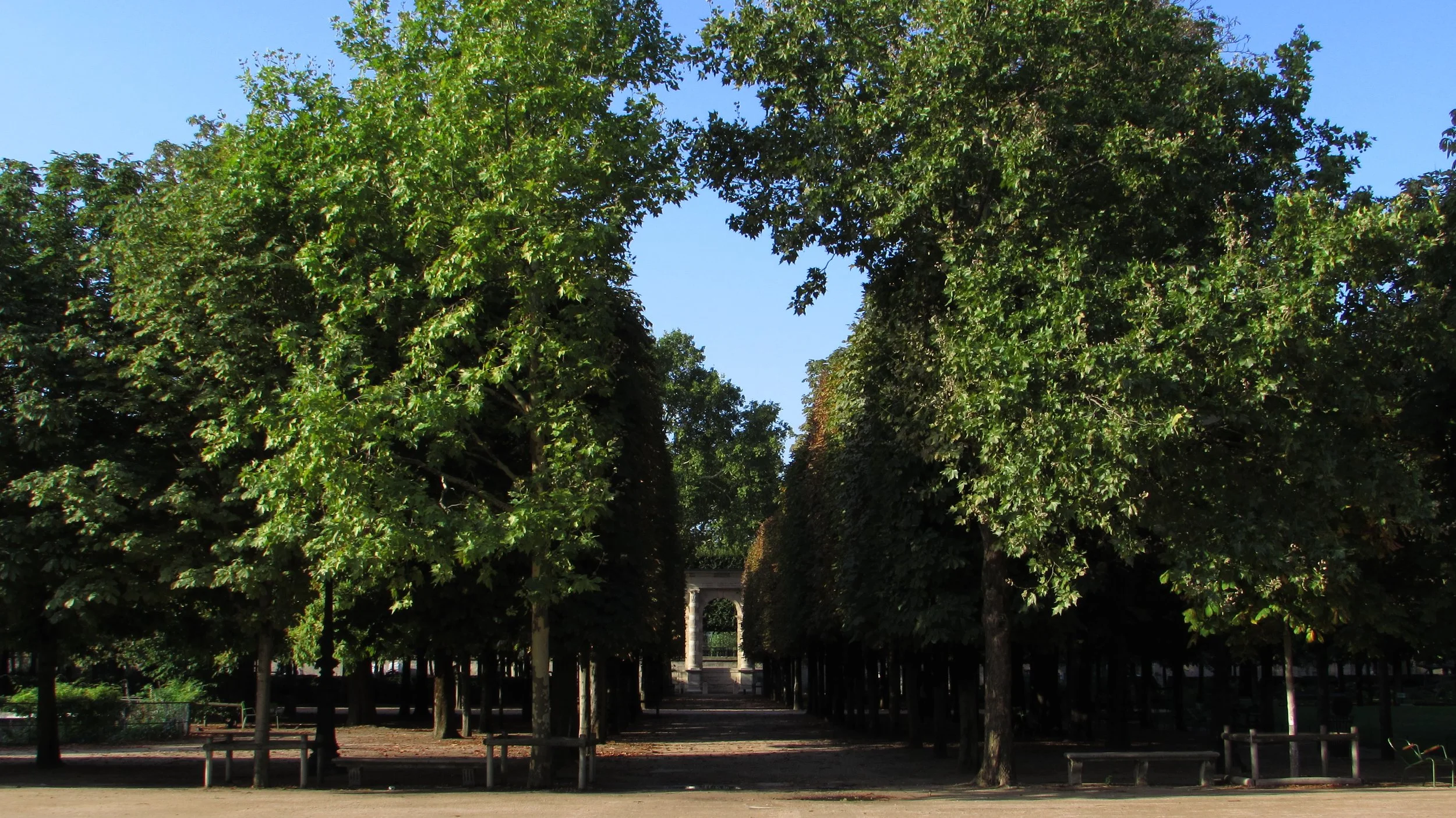
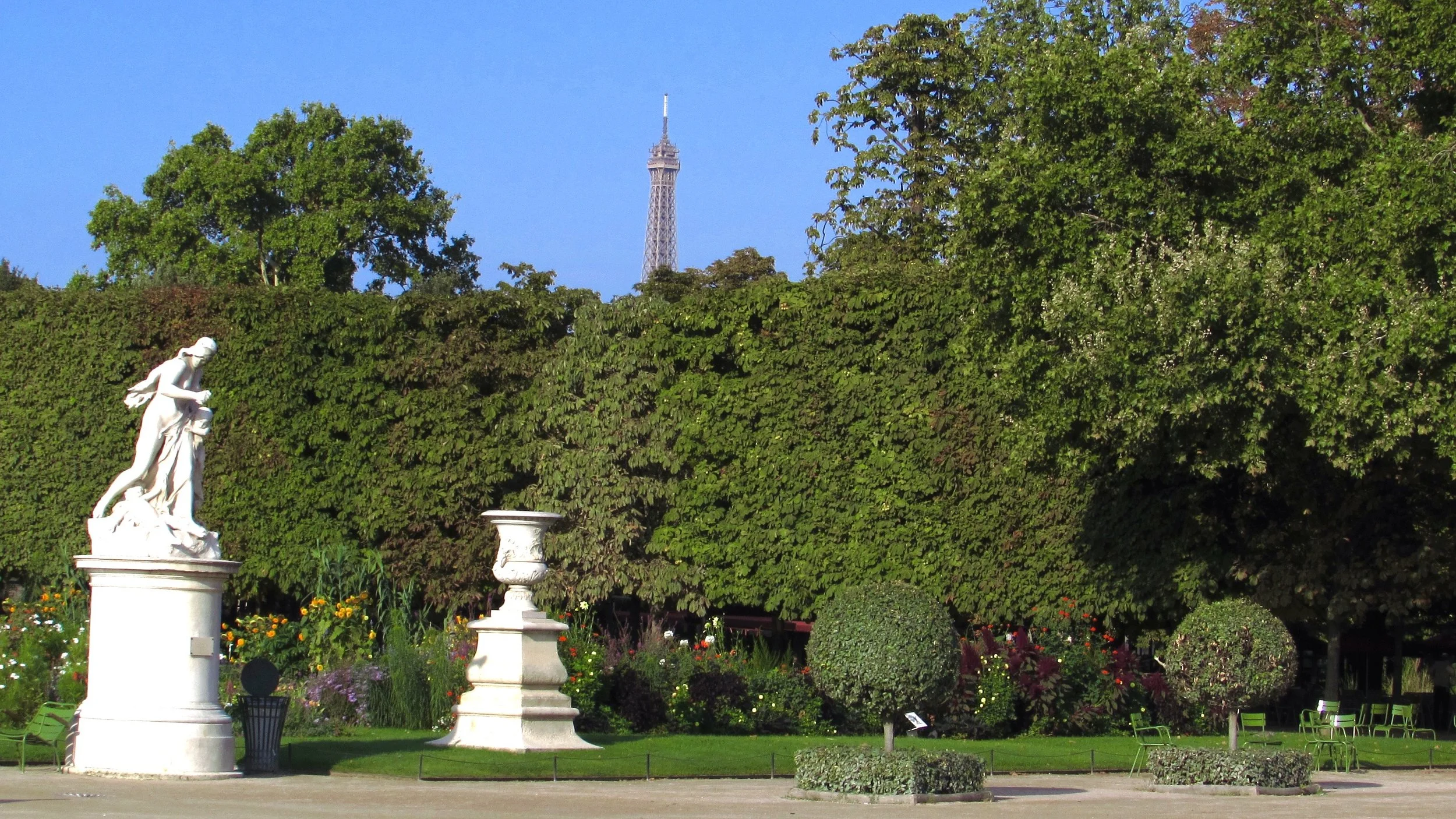
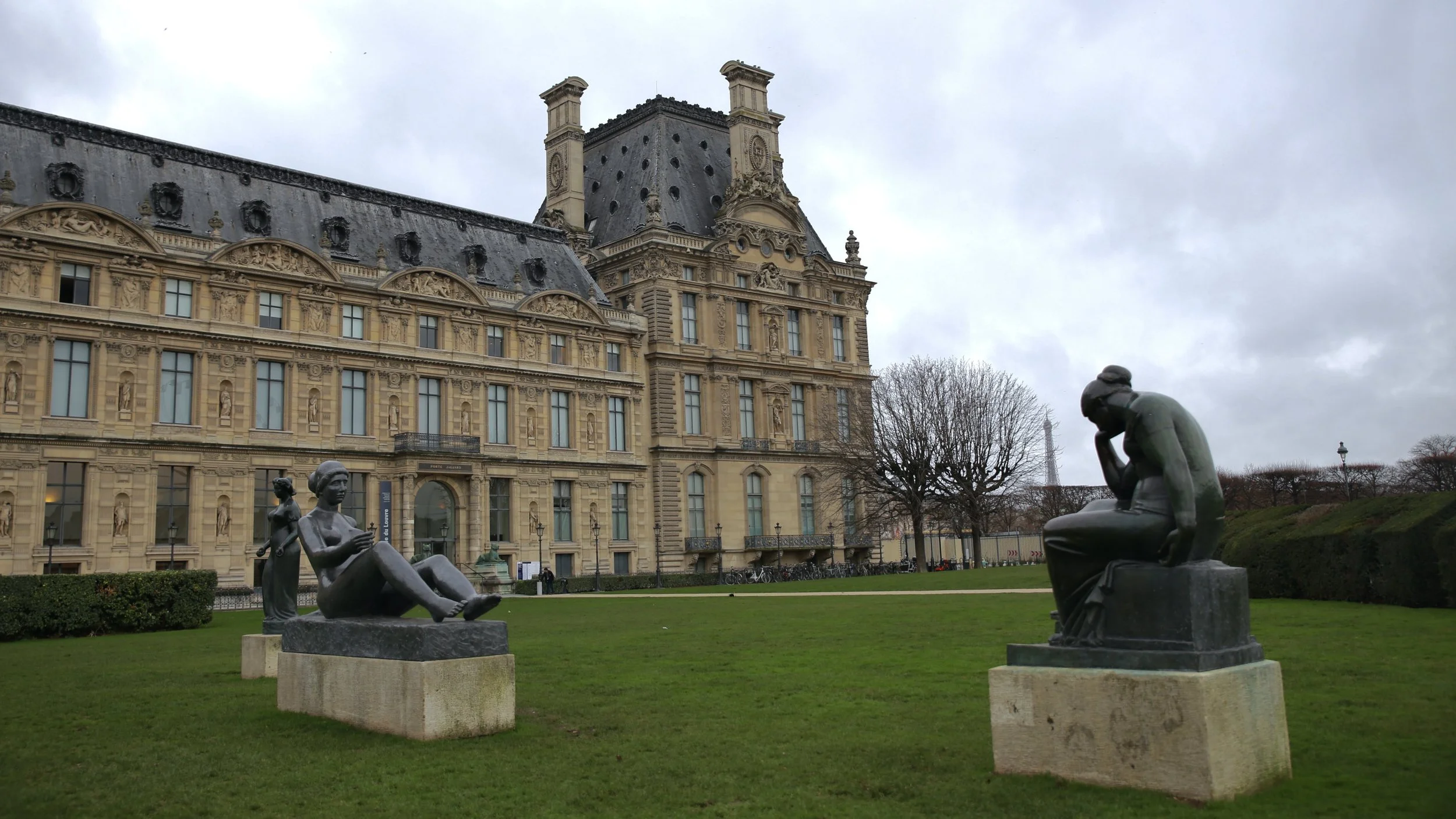
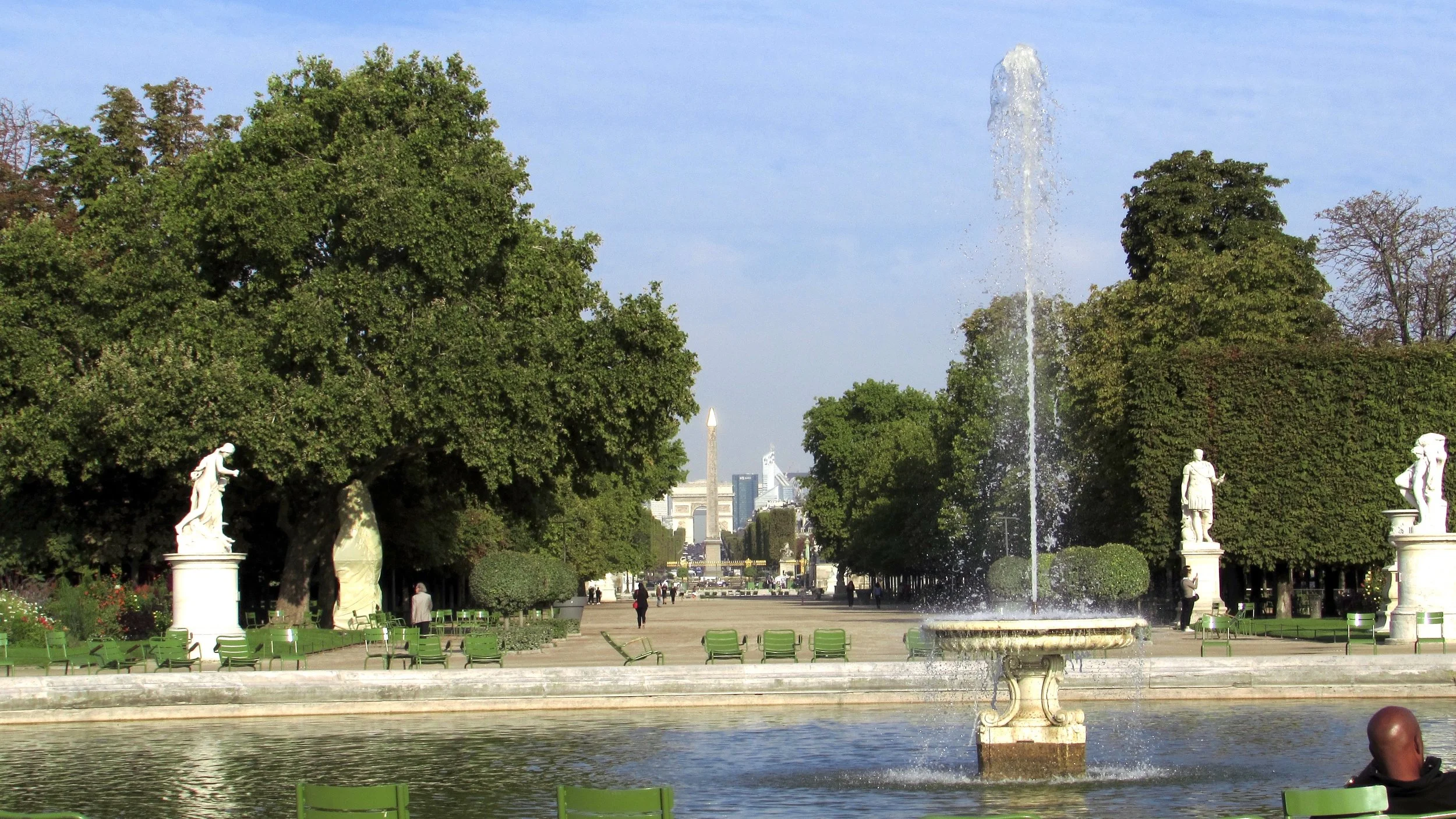
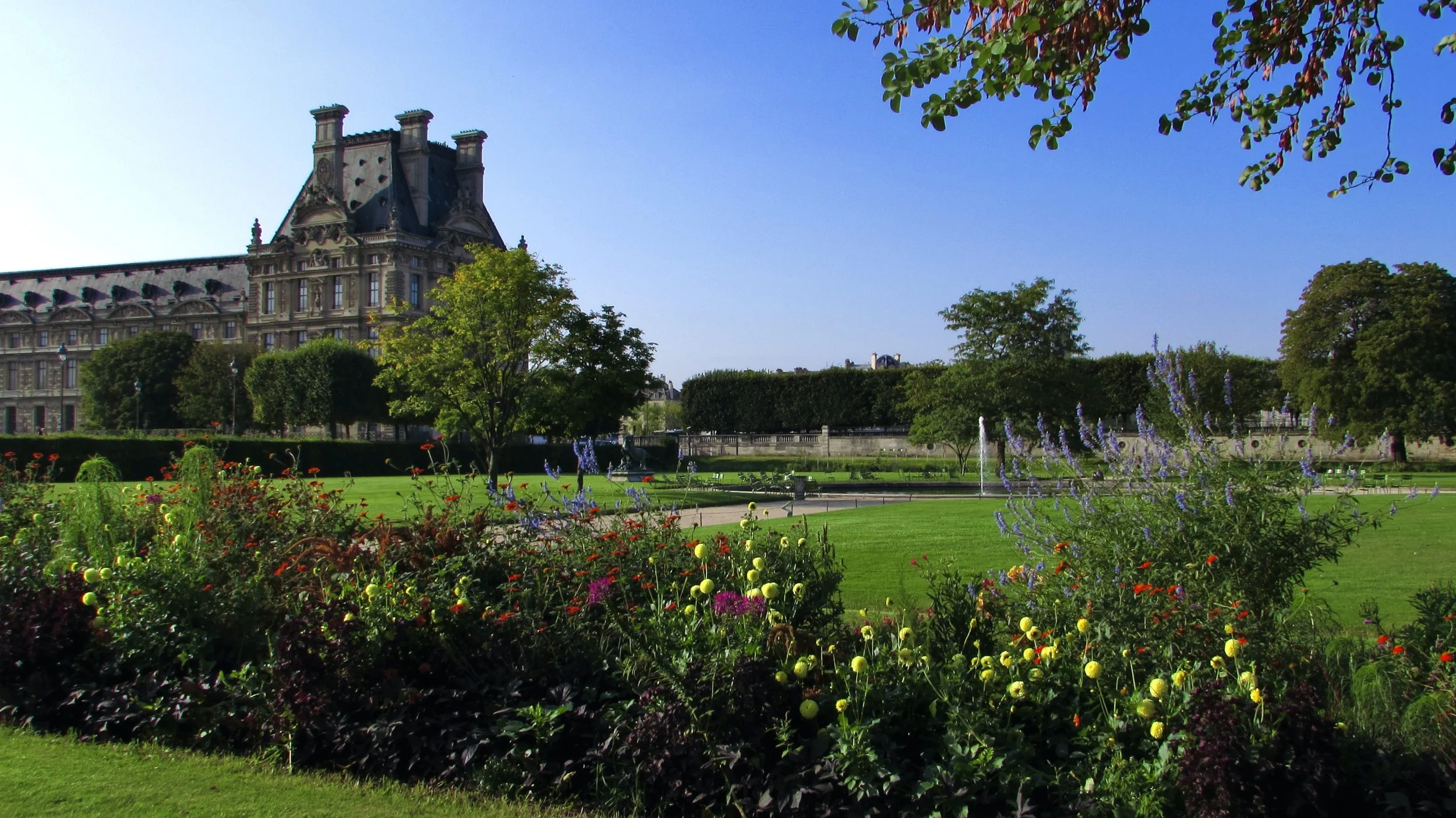

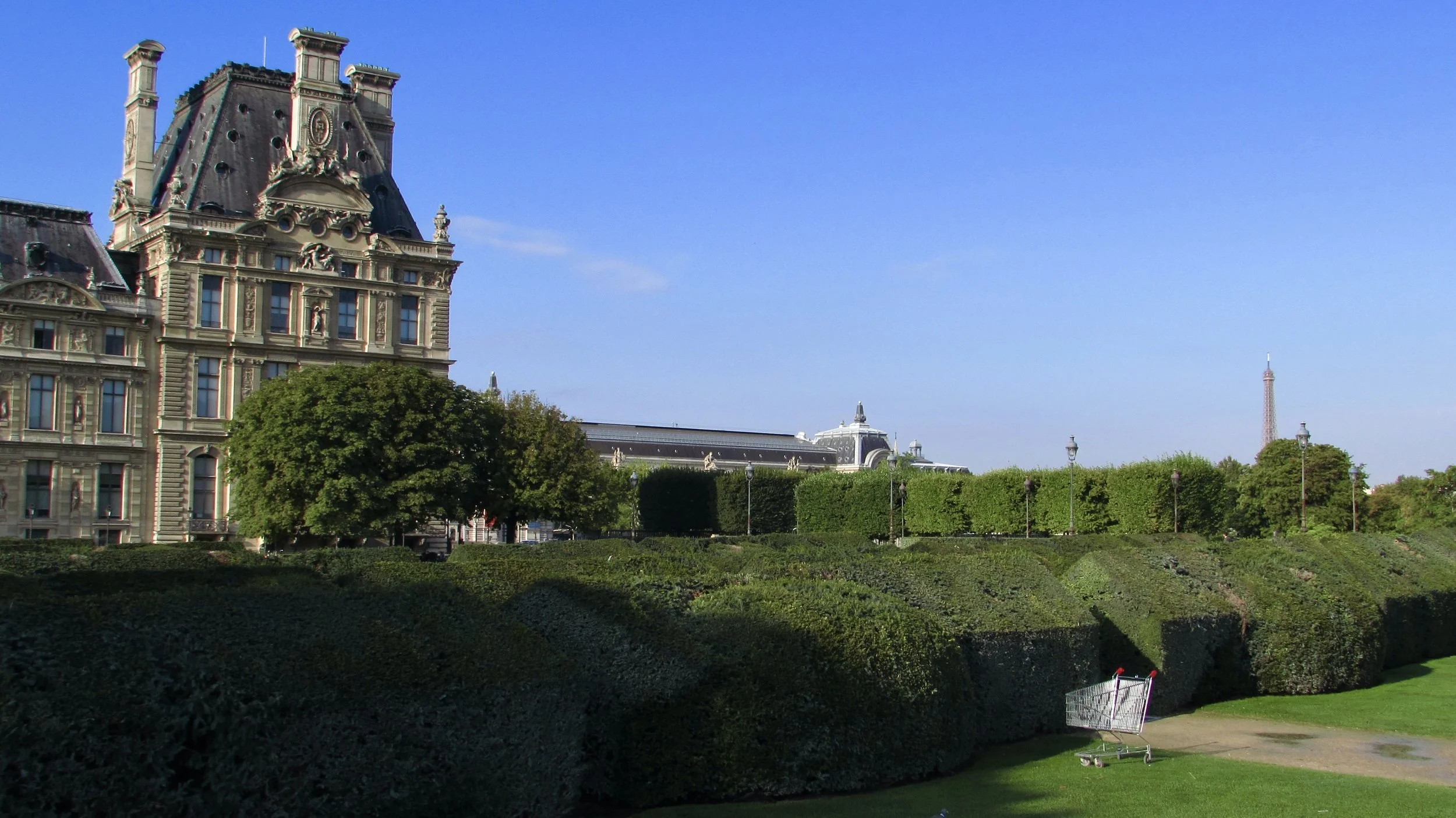
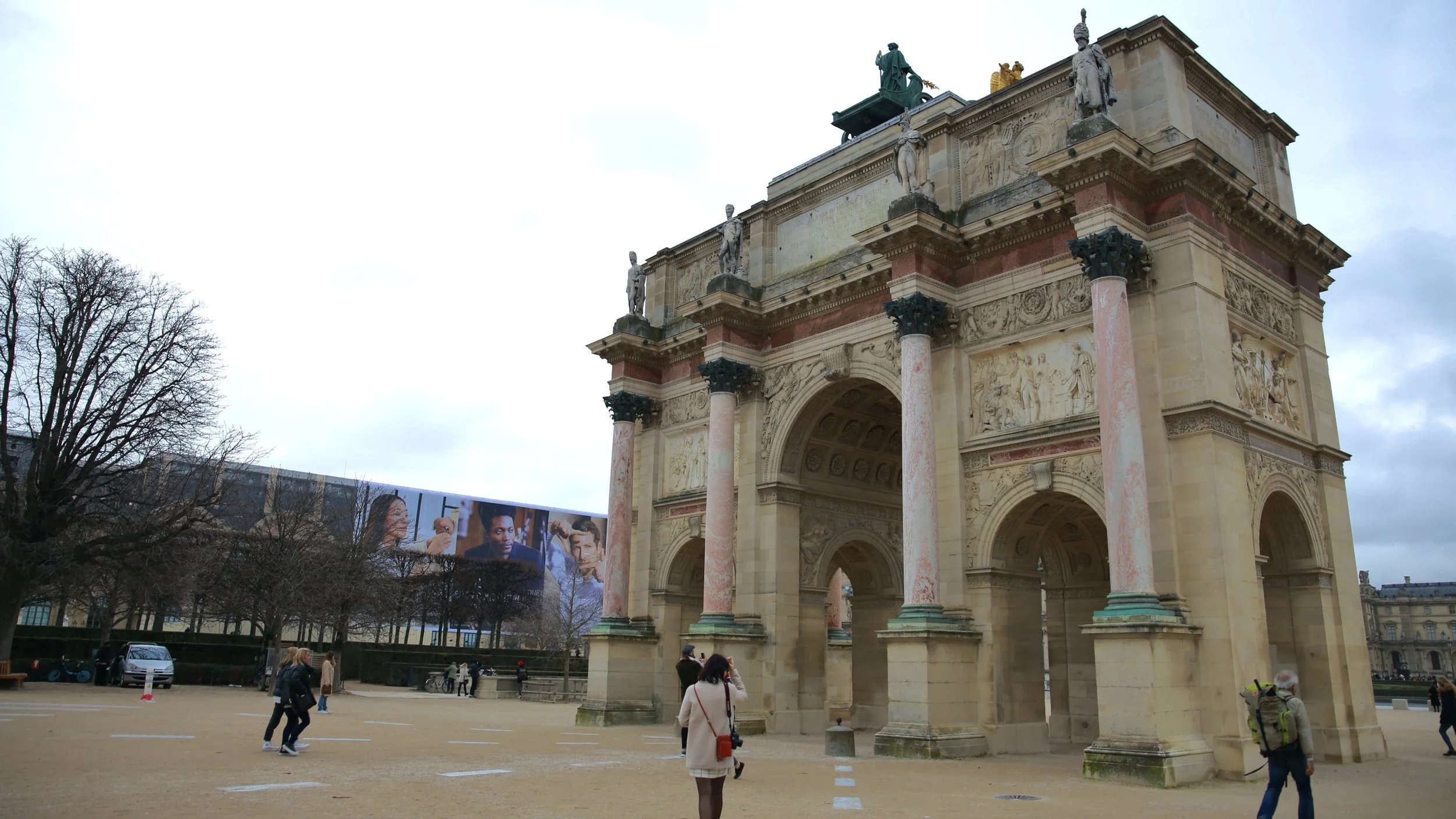
The Arc de Triomphe du Carrousel is half the size of Napoleon’s other Arch and it was completed in 1808 to commemorate even more of Napoleon’s successful wars on the Continent.


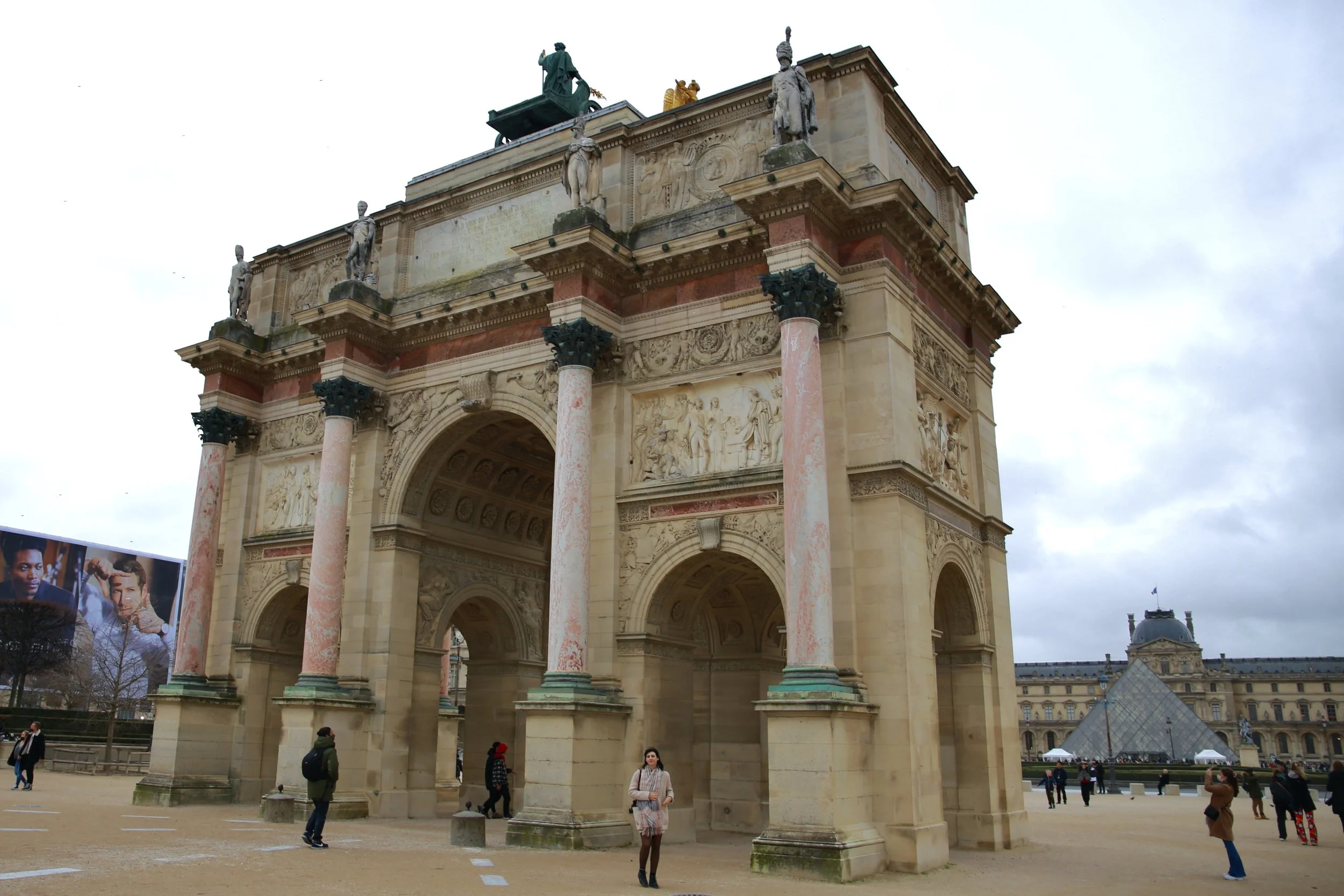

An archival photo of the Tuileries Palace before it was burned down. That part on the right, against the Seine, is still the Louvre, but the part in the foreground which heads left, has been swept away. The destruction though, does now allow one to see from the Arc de Triomphe du Carrousel & the Louvre through the Place de la Concorde and all the way to the Arc de Triomphe de l'Étoile and even all the way to the Grande Arche de la Défense (a hideous modern structure in the business district known as la Défense with all the skyscrapers).

Nearby: Petit Palais, The Louvre, Place Vendôme, Musée d’Orsay, Arc de Triomphe
